Missing Places
KC Grad- European Center for Culture and Debate, Belgrade
August 9 - 15, 2012


Missing Places
KC Grad- European Center for Culture and Debate, Belgrade
August 9 - 15, 2012
Home / Works / Biography / Teaching / Contact & Links

Margherita Verdi
Đorđe Odanović
Jacqueline Tune
Alessandra Capodacqua
(press release)
The works of artists participating in the exhibition Missing Places deal with the urban areas with changed functions in the conditions of economic and cultural transition. Although originating from two very different environments, Belgrade and Tuscany, they come across familiar experiences and describe similar processes. The photographs that are thus formed deal with diverse processes of vanishing. We observe, in our time, the vanishing of places, ways of life, identities, memories. A “missing place” is a paradigm of a compromised identity and a reflection of a “missing citizen”.
However, through the observation of ways of vanishing we gain an insight into the subject of diversity, as an opposition to the political and the economic interests responsible for the condition of abandonment of a place and its discontinuity in time. Diversity of population, gestures, memory, ways of use of public space, unconstrained vegetation - all of which offer or connect to a wide range of subjects of civic education.
As part of the project, Belgrade artists and curators will be hosts to the guests from Tuscany in visiting a number of characteristic locations, such as: New Belgrade residential blocks, Old Fairground (a space of Holocaust), a park in front of the Museum of Contemporary art and other. Aside from artists, a narrative support is offered by Zoran Erić, curator of the Museum of Contemporart Art, as well as a long-term interpreter of the New Belgrade phenomena, and its transformations in the changed ideological circumstances.
The hosts will also include two Belgrade alternative guides who have been for the past several years involved in the project Another Gaze (www.drugipogled.com). For example, the guests will visit Kalemegdan fortress and park with Sebastijan Asimovski, a blind person, in a walk through visual memories from his childhood that this alternative guide has been recently collecting as a part of this project.
About the works:
Jacopo Santini documents a current degradation of utopian cities and city quarters built in the time of fascism.
Nikola Radić Lucati analyzes a complex history of forgotten and neglected places of Holocaust, in Belgrade and its surroundings, often subject to ideological oblivion, crime and urban planning.
Jacqueline Tune and Alessandra Capodacqua visit disused Tuscan factories documenting their decay as a result of local or global economic crisis.
Margherita Verdi, on the other side, offers a positive example of a transformation of an old Florentine prison into a residential quarter and a new social and cultural center.
Milena Putnik, after several years of looking for alternative viewing spots of Belgrade, private terraces, building roofs, gathers fragments of a gaze towards peripheral zones finding in them a reflection of general social changes.
Đorđe Odanović, through an apparently classical approach to landscape, establishes a contact with that which Gilles Clement would call a “third landscape” a space of reduced influence or total lack of influence of urban planning (a space of diversity).
Dejan Atanacković, who is also the curator of this exhibition, deals with the theme of utopia and its various manifestations in culture, language and architecture.
The exhibition will be open till August 15.
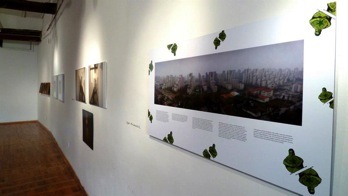
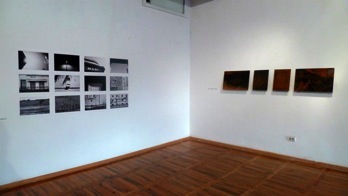
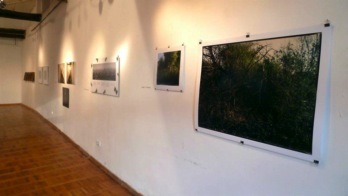
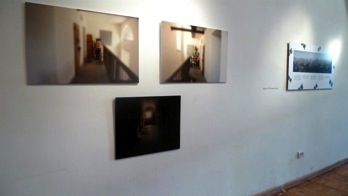
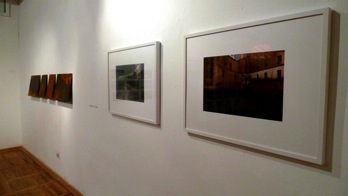
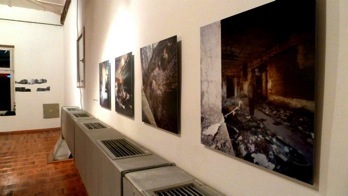
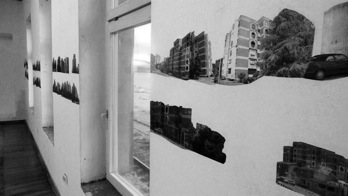
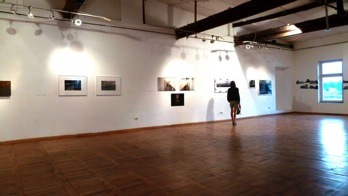
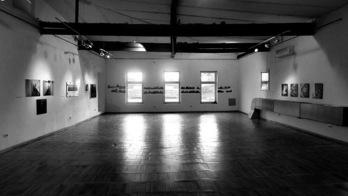
Jacopo Santini / Nikola Radić Lucati
Milena Putnik
Dejan Atanackovic
Missing Places - installation view
Missing Places - installation view